
BME Biomedical Imaging & Instrumentation
The pioneering work determining the biological mechanisms of disease and the lifesaving work of diagnosing and treating medical problems rely on sophisticated imaging techniques developed by engineers. At Cornell, collaborations among engineers, physical scientists, life scientists and clinicians provide superb opportunities to create and improve these tools. BME faculty focus on time-resolved and spectrally-resolved measurement and visualization of biological structures across scales, with spatial scales ranging from macromolecular complexes to cells to whole organisms, temporal scales ranging from milliseconds to years, and spectral scales ranging from megahertz radiofrequency waves to exahertz x-rays.
A wide range of imaging modalities and methods for achieving contrast are developed and used, including optical imaging, MRI, and CT. Cornell is known for pioneering development and application of nonlinear optical imaging techniques for in vivo imaging and our researchers are also inventing new image analysis methods and novel contrast agents for clinical and research use. BME faculty apply these imaging tools to a diverse set of human health problems including neurodegenerative disease, cancer, and heart disease. Biomedical imaging is also interconnected with other areas of BME, providing in vitro and in vivo tools to evaluate biomaterials, validate systems biology models, monitor drug delivery, and map biomechanical properties.
Faculty research interests

Steven Adie
Steven Adie’s lab develops optical coherence tomography (OCT)-based methods for 4D imaging of biophysical cell-matrix mechanical properties, including methods for high-resolution imaging of soft tissue biomechanics. These new capabilities support collaborative studies on the role of biophysical factors in physiological processes (e.g. stem cell function) and disease (e.g. cancer). His group also develops new image formation paradigms for OCT by synergistically combining physics-based computed imaging techniques and hardware adaptive optics. These approaches are used to extend the spatiotemporal coverage and imaging depth of OCT, and have applications to ultra-deep multimodal imaging of neural network activity in animal models.

James Antaki
James Antaki’s research involves development of diagnostic devices for the home and point-of-care to improve patient engagement, currently focusing on diabetic foot ulcers and breast lesions. He is also developing clinical decision-support tools for severe heart failure, based on deep-learning statistical models to predict the risk of adverse events for various clinical interventions, such as heart-assist devices.

Jonathan Butcher
Jonathan Butcher’s lab applies different imaging modalities to study embryonic morphogenesis, the dynamics of cardiac function and small animal models of congenital and acquired cardiac disease. His lab uses multiphoton microscopy, high frequency ultrasound and micro-CT to investigate cardiac structure-function dynamics in living embryonic and adult model animals.
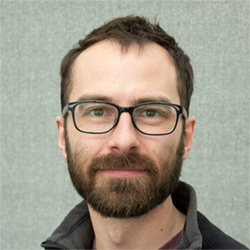
Nate Cira
Nate Cira’s lab leverages microscale fluid physics and capillarity and wetting to develop microfluidic devices. Past work has included explorations of droplet/surface interactions and creation of self-loading devices to evaluate antibiotic resistance. This foundation is currently being applied in the lab to create high throughput fluidic devices with advanced liquid handling capabilities.
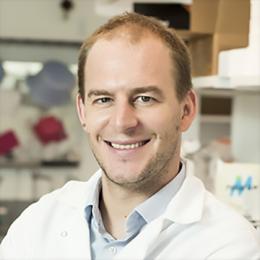
Iwijn De Vlaminck
Iwijn De Vlaminck’s research focuses on the development of molecular analysis technologies for microbiology and immunology and the application of these technologies in the monitoring of infectious diseases and immune-related complications. His research is highly interdisciplinary in nature, and requires innovation in genomics, computational biology and molecular engineering.

Peter Doerschuk
Peter Doerschuk’s group develops quantitative image and signal analysis algorithms using ideas from statistics, machine learning, and high performance computing and applies them to a diverse set problems, for instance, determining the 3-D reconstruction of biological and synthetic nano particles from 2-D electron microscopy images.
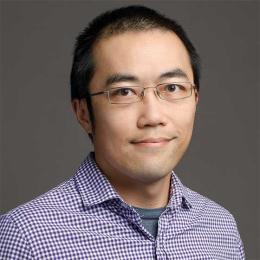
Alex Kwan
Alex Kwan’s lab is interested in the neurobiology of mental illnesses and drug discovery. To measure effects of drugs in the brain, the lab leverages novel optical microscopy techniques, in concert with in vivo electrophysiology and quantitative behavioral tasks in mice. Our recent studies have revealed the neural plasticity mechanisms for fast-acting antidepressants, including ketamine and serotonergic psychedelics such as psilocybin. The long-term goal is to develop medicines that are fast-acting, safe, and effective for treating mental illnesses.
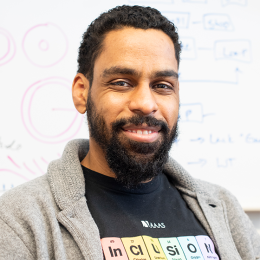
Karl Lewis
Karl Lewis’s lab combines custom engineering and cutting edge imaging techniques to research the way musculoskeletal cells use mechanical forces for biological processes. They are presently using multiphoton microscopy to investigate changes in osteocyte mechanobiology in health and disease with the goal of identifying novel therapeutic targets. Additionally, the Lewis Lab is developing a novel technique for investigating bone-cartilage mechanotransduction events in live animals, a powerful tool for understanding joint disease.

Nozomi Nishimura
Nozomi Nishimura’s lab is interested in understanding how inflammation, blood flow and cell death are linked in several different diseases. The strategy is to develop novel tools such as multiphoton microscopy to image the contribution of multiple physiological systems to diseases with in vivo animal models. The lab uses these new vivo optical imaging developments in mouse models to study the diversity of cellular phenotypes and structures in a whole living organism. Targeted applications include heart disease, neurodegeneration and stem cells in the intestine.

Chris Schaffer
Chris Schaffer’s lab employs light not only to visualize biological systems, but also for targeted ablation and manipulation. For example, using extremely short laser pulses, Schaffer’s lab causes localized injuries to individual blood vessels in the brains of rodents, triggering a small stroke. These targeted microstrokes allow the lab to study the role of microvascular lesions in neurodegenerative diseases such as Alzheimer’s disease.
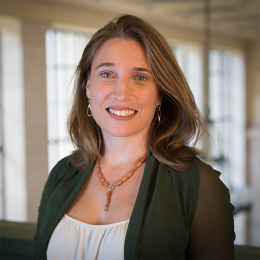
Krystyn Van Vliet
Krystyn Van Vliet’s lab specializes in material chemomechanics – the coupling between chemistry and mechanics at material interfaces. Applications include optimizing materials for renewable energy and developing new materials and methods for cell therapies and drug screening.

Yi Wang
Yi Wang’s lab develops MRI methods using tools from computer science, mathematics, and physics, and knowledge in biology, chemistry and medicine. His lab pioneers quantitative susceptibility mapping (QSM), quantitative transport mapping (QTM), superresolution 4D imaging, and multi-scale imaging by integrating MRI with optical microscopy, and works closely with clinicians on diagnosing and treating various diseases, including heart diseases, neurodegenerative diseases, multiple sclerosis, vascular diseases, and cancers in the breast, liver and prostate.
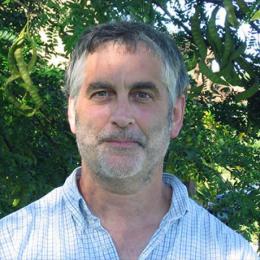
Warren Zipfel
Warren Zipfel’s lab develops and applies novel methods of fluorescence microscopy and bioanalytical techniques. He was involved in the early development and commercialization of multiphoton microscopy at Cornell and continues to apply multiphoton, as well as confocal and super-resolution microscopies, in a variety of research areas ranging from transcriptional regulation & 3D nuclear structure to cancer biology.
BME Graduate Field Faculty in Biomedical Imaging & Instrumentation
Susan Daniel, sd386@cornell.edu
David Erickson, de54@cornell.edu
Lara Estroff, lae37@cornell.edu
Jesse Goldberg, jesse.goldberg@cornell.edu
Iman Hajirasouliha, imh2003@med.cornell.edu
Daniel Heller, dah368@cornell.edu
Edwin Chihchuan Kan, eck5@cornell.edu
Brian Kirby, bk88@cornell.edu
Amit Lal, lal@ece.cornell.edu
Alyosha Molnar, molnar@ece.cornell.edu
Jeffrey Moses, moses@cornell.edu
Susan Pannullo, scp2002@med.cornell.edu
Matthew Paszek, mjp31@cornell.edu
Lois Pollack, lp26@cornell.edu
Anthony Reeves, apr5@cornell.edu
Mert Sabuncu, msabuncu@cornell.edu
Alexander Travis, ajt32@cornell.edu
Ulrich Wiesner, ubw1@cornell.edu
Simone Winkler, ssw4001@med.cornell.edu
Mingming Wu, mw272@cornell.edu
Chris Xu, cx10@cornell.edu
Ramin Zabih, rdz@cs.cornell.edu

